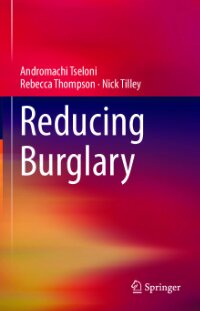By University of Chicago Law School - Global Human Rights Clinic
This Report is being published in the midst of a long series of horrifying incidents of police abuse of power in the United States. The deaths of George Floyd, Lacquan McDonald, Eric Garner, Michael Brown, Ahmaud Arbery, Tony McDade, Regis Korchinski-Paquet, Breonna Taylor and many others, have echoed throughout the communities of this nation and prompted protests across the country. The video and testimonies from these incidents provide grim illustrations of the power law enforcement officers have over the people they are sworn to serve and protect, and the deadly consequences when they abuse that power. Society vests law enforcement with the responsibility to protect public safety and enforce the law when necessary. For these reasons, and these reasons only, law enforcement officers are granted the immense power to use force, including lethal force. This authority—state sanctioned violence—necessarily comes with limits and obligations to ensure those who enforce the law do not abuse it. These limits and obligations require that police use their power in a manner that protects and serves the entire community that has vested them with this privilege. The exercise of this authority also requires accountability when abuses occur. Without accountability, state sanctioned violence is nothing but the exercise of arbitrary brute force, a common tool of tyrannical and despotic governments.
Chicago: University of Chicago Law School - Global Human Rights Clinic. 2020. 105p.





















